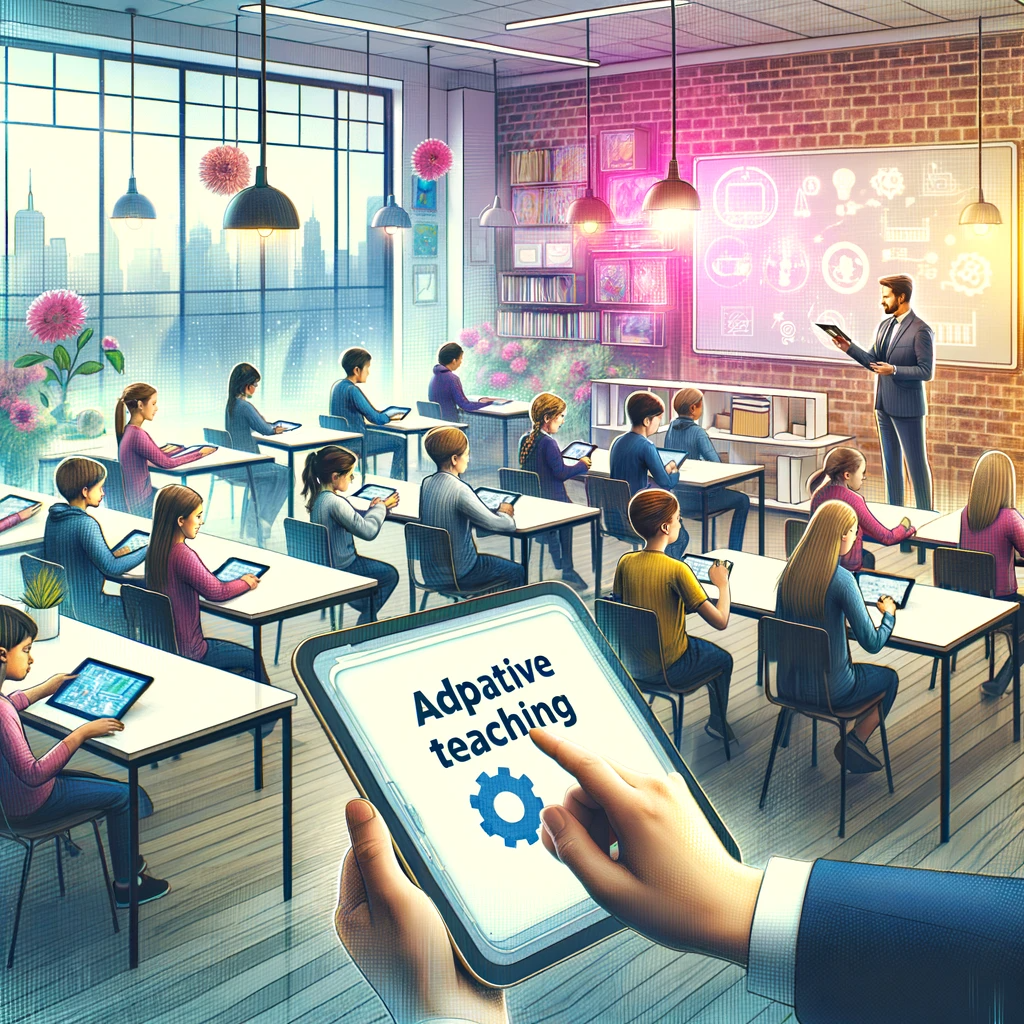
Adaptive Teaching
Into my second decade as teacher, I’ve observed a significant shift in educational strategies over the years. The term ‘differentiation‘, once a cornerstone of teaching practice, has become increasingly scrutinised. The crux of the issue lies in its execution – teachers, under the pressure of accountability, often resort to producing multiple worksheets or organising group-specific mini-lessons, which can inadvertently lower expectations for certain student groups. This approach can especially impact those in permanently fixed groups, such as the ‘bottom group’, leading to a homogenised and potentially unchallenging curriculum for these students.
Referring to EFF research, The National Association for Special Educational Needs (NASEN) highlights this concern, noting the potential for unnecessarily elaborate teaching approaches that don’t necessarily support the majority of pupils. This critique isn’t aimed at the concept of differentiation itself, but rather at its sometimes rigid and unadaptive application in classrooms.
In response to these challenges, the concept of ‘adaptive teaching’ emerges as a more dynamic and responsive approach. It involves adjusting teaching methods based on real-time information about student learning needs. This approach is about being agile and responsive, ensuring that all students, regardless of their abilities or backgrounds, have the opportunity to succeed.
The Early Career Framework provides a valuable roadmap for implementing adaptive teaching. It emphasizes the importance of adapting lessons while maintaining high expectations for all, balancing the introduction of new content with the mastery of important concepts, and making effective use of teaching assistants. However, these recommendations require further elaboration to be effectively implemented in diverse classroom settings.
In my own practice, I’ve seen the benefits of adaptive teaching. For example, in a Year 8 lesson on climate change, I focused on three key teaching and learning aspects: challenge, adaptive teaching, and planning.
Challenge: By aligning activities with students’ attainment data and encouraging risk-taking, I ensured that all students were appropriately challenged. This approach aligns with adaptive teaching as it considers individual student abilities and encourages them to stretch their learning boundaries.
Adaptive Teaching: Regular adaptation of resources and activities is crucial for meeting students’ evolving learning needs. This involves being observant and responsive to how students engage with the material and making real-time adjustments to ensure all students can achieve their next steps in learning.
Planning: Incorporating elements like research, enquiry, critical thinking, problem-solving, real-world application, and collaboration into lesson plans fosters a more dynamic and engaging learning environment. These elements are essential in adaptive teaching as they cater to diverse learning styles and interests, promoting a more inclusive and effective educational experience.
As educators, it’s vital to revisit our assumptions about differentiation and consider the potential of adaptive teaching. This requires a collective effort to build a shared understanding of what adaptive teaching entails in different subjects and contexts. It’s not just about introducing a new term but about cultivating a culture where flexibility, responsiveness, and student-centered approaches are the norm.
Adaptive teaching isn’t a one-size-fits-all solution; it’s a philosophy that embraces the uniqueness of each learner. As we move forward, it’s crucial to continue developing our understanding and application of this approach, ensuring that our teaching methods evolve to meet the diverse needs of our students.
If you wish to see my detailed reflection on this lesson, feel free to download my notes (Wed (P1) Climate Change) which breaks down the T&L focus with typical examples and the lesson evidence to show how it happens. A very engaging lesson overall using a new platform from Amazon to be a ‘future engineer‘ that had students wanting to do more programming next lesson as a whole which made me very happy!
